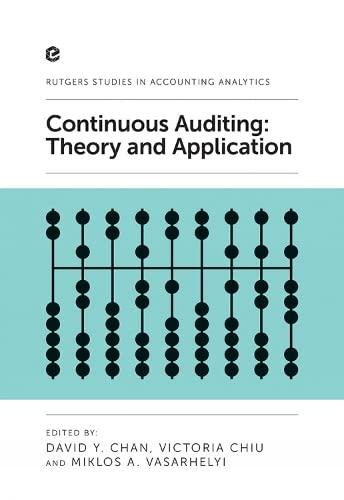Compute the cost of goods sold and ending inventory, assuming (1) FIFO cost flow, (2) LIFO cost flow, and (3) weightedaverage cost flow. Compute the income tax expense for each method. (Round intermediate calculations to 3 decimal places. Round your final answers to the nearest whole dollar amount.) The accounting records of Wail's China Shop reflected the following balances as of January 1, Year 2. The following five transactions occurred in Year 2; 1. First purchase (cash): 125 units $90 2. Second purchase (cash): 200 units $98 3. Sales (all cash): 430 units 9$195 4. Paid $15,700 cash for salaries expenses 5. Paid cash for income tax at the rate of 40 percent of income before taxes Required a. Compute the cost of goods sold and ending inventory, assuming (1) FIFO cost flow, (2) LIFO cost flow, and (3) weighted-average cost flow. Compute the income tax expense for each method. b. Record the above transactions in general journal form and post to T-accounts assuming each of the cost flows listed. Assume perpetual inventory system is used. 1. FIFO 2. LIFO 3. Weighted Average c. Use a vertical model to show the Year 2 income statement, balance sheet, and statement of cash flows under FIFO, LFF, and weighted average. Complete this question by entering your answers in the tabs below. Compute the cost of goods sold and ending inventory, assuming (1) FIFO cost flow, (2) LiFO cost flow, and (3) welghtedaverage cost flow. Compute the income tax expense for each method. (Round intermediate calculations to 3 decimal places. Round your final answers to the nearest whole dollar amount) Complete this question by entering your answers in the tabs below. Record the Year 2 transactions in T-accounts assuming FIFO cost fow. Assume perpetual inventory system is used. (Round intermediate calculations to 3 decimal places. Round your final answers to the nearest whole dollar amount.) Record the above transactions in general journal form assuming FIFO cost flow. Assume perpetual inventory system is used. (If no entry is required for a transaction/event, select "No journal entry required" in the first account field. Round intermediate calculations to 3 decimal places. Round your final answers to the nearest whole dollar amount.) Journal entry worksheet 56 Record first purchase of merchandise inventory for cash. Note: Enter debits before credits. Complete this question by entering your answers in the tabs below. Record the above transactions in general joumal form assuming LiFO cost flow. Assume perpetual inventory system is used. (If no entry is required for a transaction/event, select "No joumal entry required" in the first account field. Round intermediate calculations to 3 decimal places. Round your final answers to the nearest whole dollar amount.) Journal entry worksheet Record first purchase of merchandise inventory for cash. Note: Enter debits before credits. Complete this question by entering your answers in the tabs below. Record the Year 2 transactions in T-accounts assuming LIFO cost flow. Assume perpetual inventory system is used. (Round intermediate calculations to 3 decimal places. Round your final answers to the nearest whole dollar amount.) Complete this question by entering your answers in the tabs below. Record the above transactions in general journal form assuming weighted-average cost fow. Assume perpetual inventory system is used. (If no entry is required for a transaction/event, select "No journal entry required" in the first aceount field. Round intermediate calculations to 3 decimal places. Round your final answers to the nearest whole dollar amount.) Journal entry worksheet 23456 Record first purchase of merchandise inventory for cash. Note: Enter debits before credits. Record the Year 2 transactions in T-accounts assuming weighted-average cost flow. Assume perpetual inventory system is used. (Round intermediate calculations to 3 decimal places. Round vour final ancurage oost fiow Assume perpetual inventory Use a vertical model to show the Year 2 income statement, balance sheet, and statement of cash flows under FIFO, LIFO, and weighted average. (Round intermediate calculations to 3 decimal places. Round your final answers to the nearest whole dollar amount. Amounts to be deducted and losses should be indicated with a minus sign.) WALL'S CHINA SHOP Statements of Cash Flows For the Year Ended December 31, Year 2
















